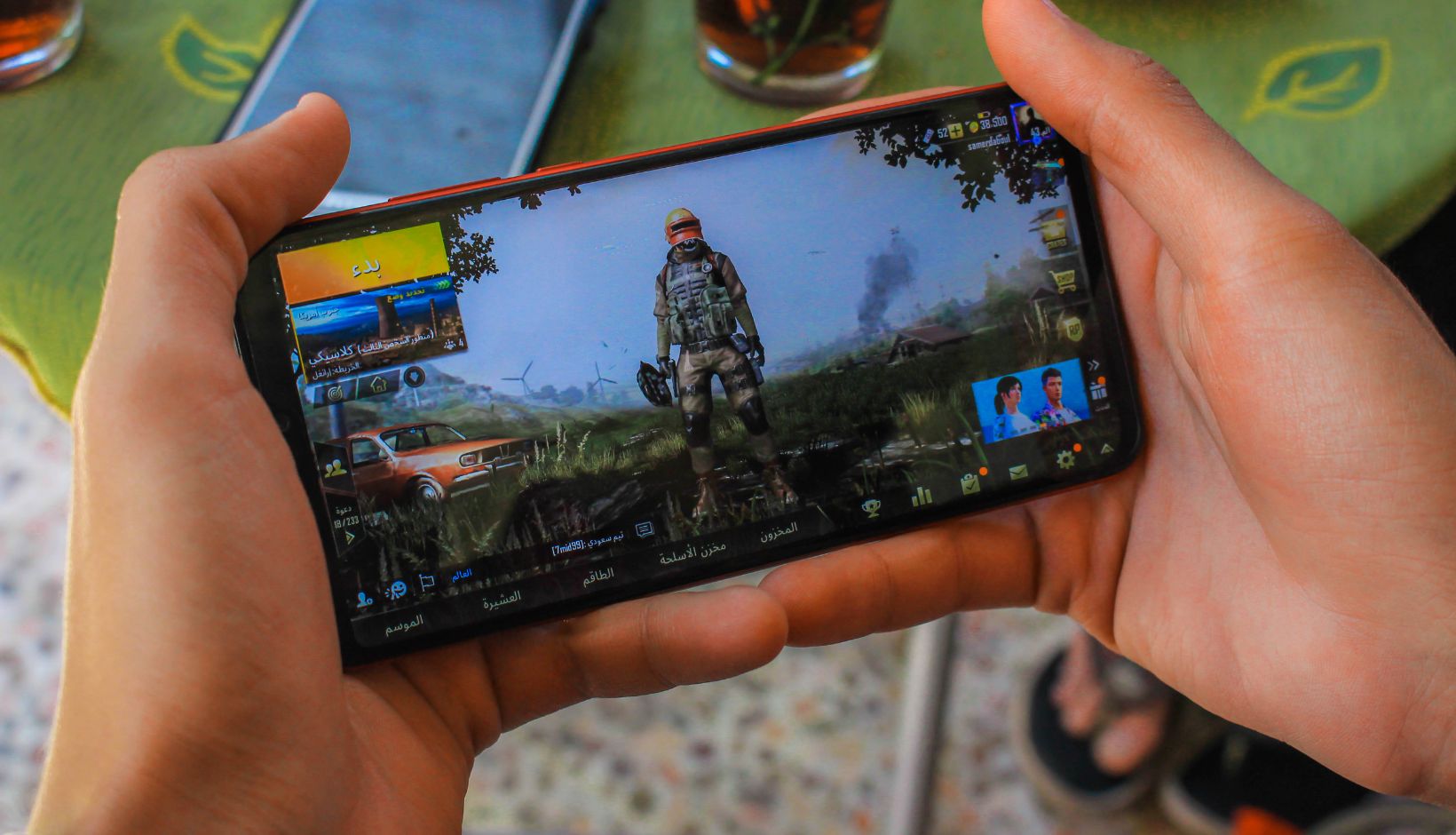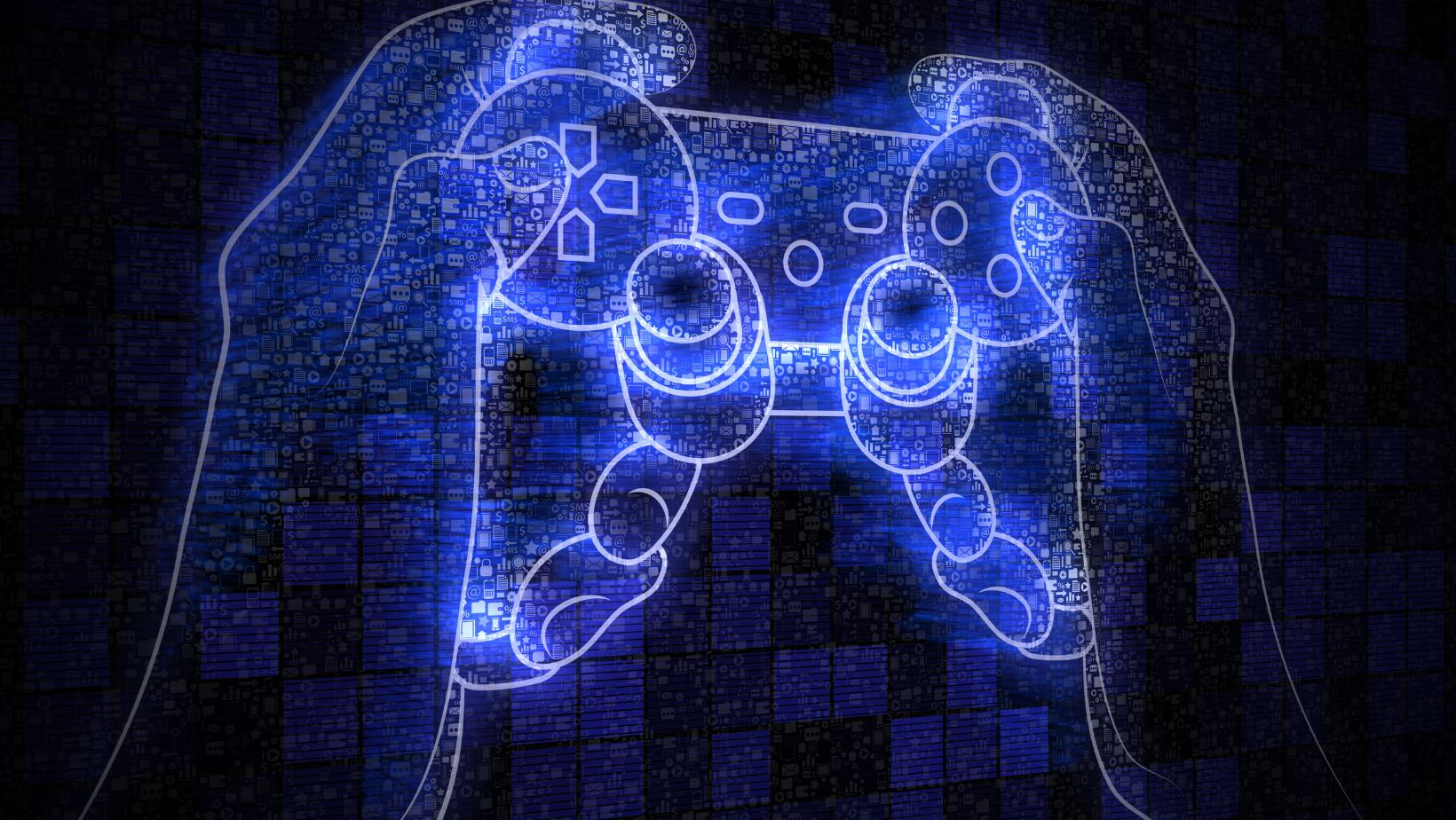Mechanics serve as the primary building blocks of the player’s experience within a digital setting. Such systems determine the manner in which individuals consume content, attempt to meet challenges and acquire responses in online environments.
When executed accurately, game mechanics can move participants to new worlds and keep them engaged. This form of immersion is what separates games and gamified environments from other passive media forms.
Table of Contents
ToggleThe Psychology Behind Effective Game Mechanics
Game developers must understand the psychology of the user to develop satisfying experiences. The concept of flow describes a phenomenon where concentration is at its peak because challenge and skills are balanced. To achieve this, designers implement gradual increases in challenge levels, set goals, and provide instant feedback.
Participatory game mechanics encourage players to remain actively involved by granting them participation certificates. Engaging markers like virtual currency, new and exciting content, or level-ups are all manifestations of these rewards.
Other features like social interactions can enhance user immersion. Social competitions like multiplayer games, team collaborations, and community leaderboard ranking motivate users to engage beyond individual activities. These social elements introduce the concept of unpredictability and humanity into computer-generated worlds.
Core Game Mechanics That Drive Immersion
System features are key in social interactions. These interactions have quantifiable progress tracked as levels, events, animations, and other feedback features. Users are driven by graphic representations of achieved milestones because these metaphors for their efforts provide closure.
Feedback loops are used to tell users the outcome of their actions taken. Achievements and downgrades are usually represented by distinct graphics, sound, or vibration. These loops give users the ability to concentrate on the task given that the system hears and sees their actions.
Choice mechanics give users the power to take on any identity within an experience. Important choices about how to evolve a character, how to implement a strategy, or which story arc to pursue creates commitment. Users will have control over their journey as distinct outcomes from certain decisions lead to specific consequences.
Several Examples of Successful Implementation
Gamification is employed by educational apps to create and improve retention of learning materials. For example, applications such as Duolingo gamify learning by making the acquisition of new languages fun and rewarding with experience points (XP) and even streak counters along with competitive leaderboards.
Fitness apps also use different game mechanics to encourage users to stay physically active through achievement badges, workout streaks, and visible progress among other things. Tracking activities becomes more fun with set targets and motivation factors to accomplish them.
Online gaming platforms are an example of the comprehensive implementation of these principles. Here for example we can find DonBet reviewed by nongamstopuk.casino, where it is clearly demonstrated how interactive features, bonus structures, and player-driven experiences enhance user retention. The platform uses progression mechanics and reward systems to create engagement loops which keep users returning to the experience.
Balancing Mechanics for Various Player Types
Game mechanics elicit different responses from players. Some respond best to competition and achievement, while others gravitate toward exploration and socializing. The best online experiences have multiple avenues for participation in order to meet these needs.
Considerations of accessibility guarantee that all audiences can benefit from the mechanics. Providing users with adjustable difficulty levels, different types of controls, and different pacing of progression all enable a wider range of users to experience flow states independent of their skill level.
Through data analytics, designers can improve mechanics based on users’ interactions. Understanding what users engage with the most allows for specific changes to be made to low-performing systems or popular systems to be built upon.
Innovative Developments in Game Mechanics
The advent of augmented and virtual reality offers different ways of human incorporation. These technologies facilitate active movement within virtual worlds, increasing the degree of interaction possibilities between users and systems.
With automated responses, it is now possible to design more complex game mechanics. AI-responsive systems change the reward, difficulties, and challenges according to individual user behavioral patterns, making each participant’s experience unique.
With the transitioning of more complex and sensitive game features, ethical considerations have become increasingly important. Designers face the challenge of making video games that engage users while also encouraging positive behaviors rather than resorting to harmful and careless ones.
Conclusion
Gamification allows users of digital devices to move from passive consumption to active participation. By in-depth understanding of user behavior psychology, applying strong reward systems, and making impactful decisions, designers build immersive experiences not only in gaming but also in education, sports, and more. Continuously enhancing these systems will lead to more captivating experiences.






